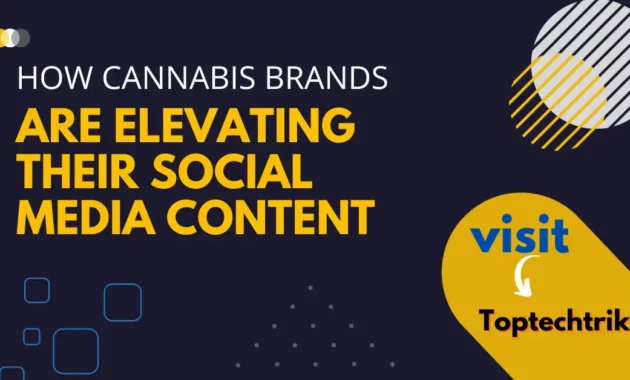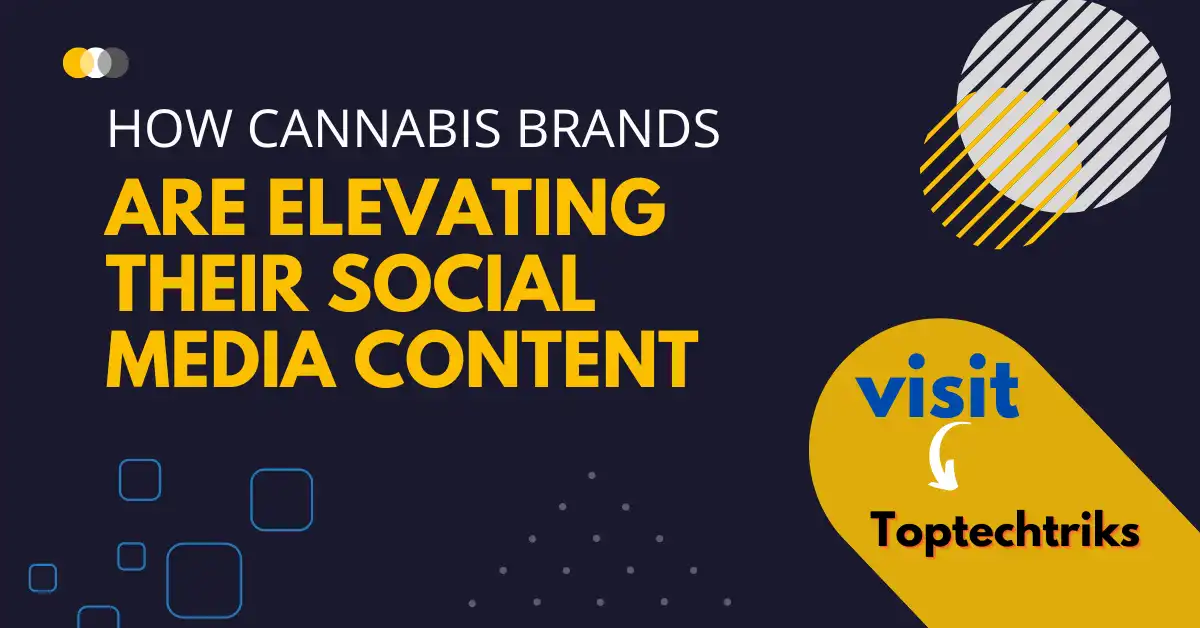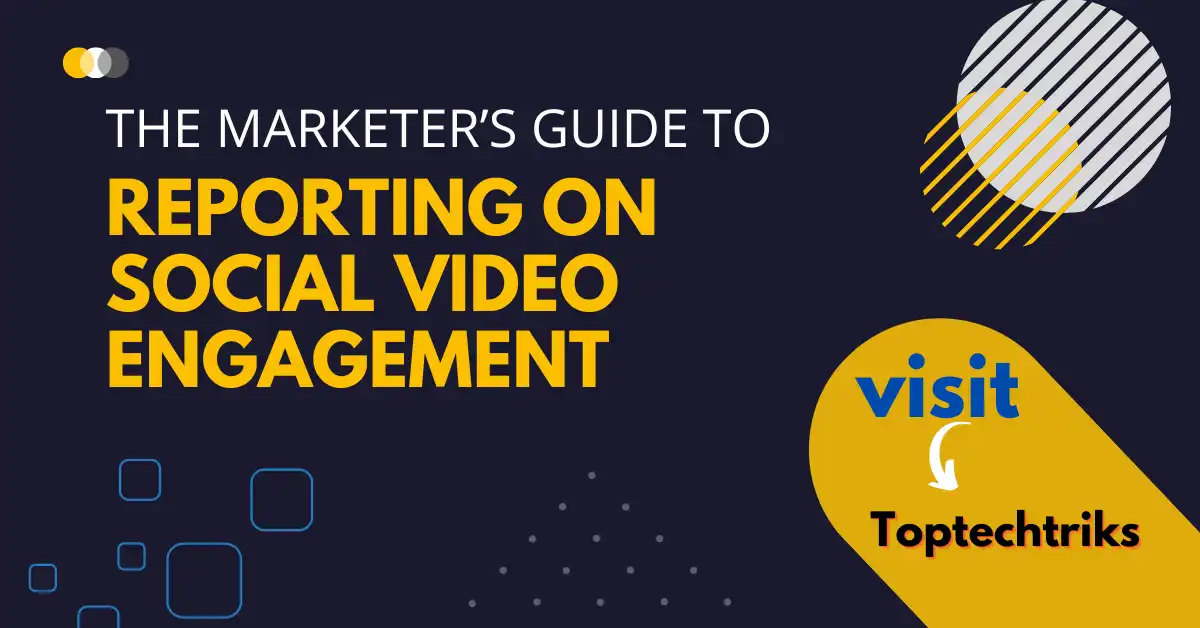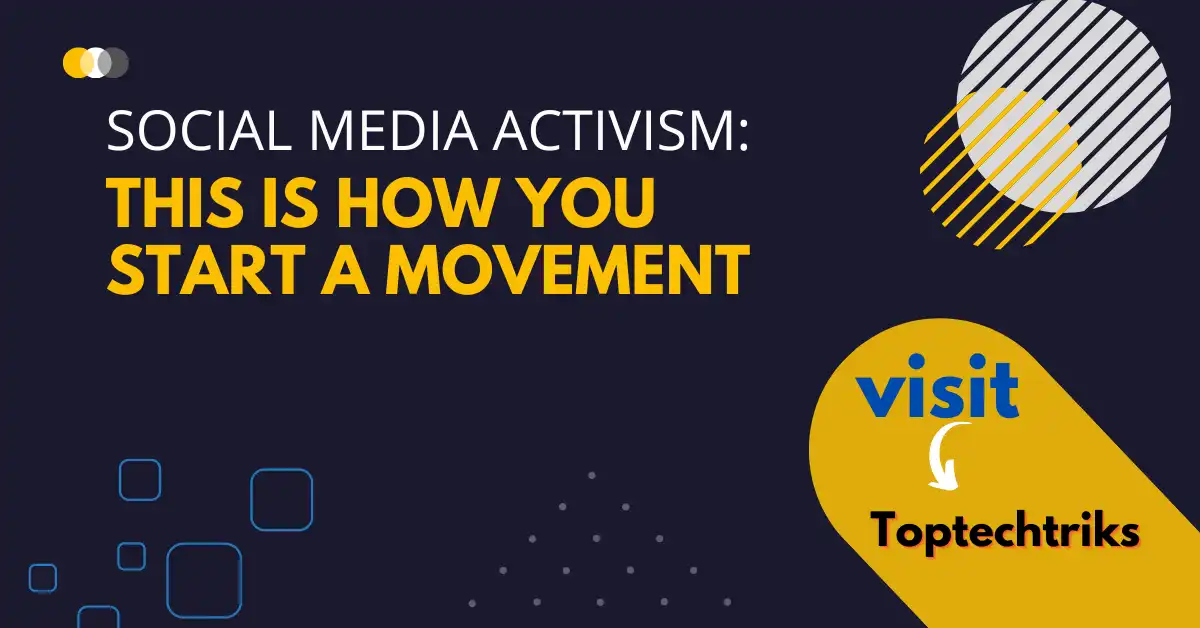Cannabis brands have long been known for their powerful and persuasive social media content. But what makes their content so effective? In this article, we’ll explore five key factors that cannabis brands use to create compelling social media content.
When it comes to social media, cannabis brands have taken to the platform like ducks to water. In order to reach new customers, cannabis companies are spending more time and money on social media content than ever before.
Cannabis brands have been slowly but surely shifting their focus from prohibition-era messaging to a more inclusive and positive message. This social media content shift is evident in cannabis brand content, which tends to be more engaging and entertaining than ever before. Learn how to elevate your cannabis brand’s social media content in the right way with the help of some top tips.
Cannabis companies are using social media to reach new customers
Cannabis brands are using social media to reach new customers and connect with their fans. Many cannabis companies are using social media platforms like Twitter and Instagram to share news, photos, and videos of their products.
Cannabis brands also use social media to promote events and charitable causes. One example is Green Rush Social Media, which is a social media agency that specializes in cannabis marketing. Green Rush Social Media helps cannabis companies create engaging social media content that attracts new customers and supporters.
Brands are using social media to demonstrate their product diversity
There is no doubt that cannabis brands are using social media to demonstrate their product diversity. In fact, many cannabis brands have become some of the most popular and well-known in the industry thanks to their social media content.
One of the first cannabis brands to use social media to its advantage was Harborside Health Center, which has more than 2 million followers on Instagram. Harborside uses Instagram to share images of different strains of cannabis, as well as products made with cannabis. The brand also posts videos about how to use cannabis products and discusses various topics related to the plant.
Other cannabis brands that use social media to showcase their product diversity include High Times and dispensaries like MedMen. These brands post images and videos of different strains of cannabis, as well as products made with CBD oil or THC oil. They also post information about new products and events related to the cannabis industry.
Overall, it is clear that cannabis brands are using social media to reach a wider audience. By using social media, these brands are able to show off their product diversity and connect with their fans in a meaningful way.
Cannabis companies are using social media to advocate for legalization
Since cannabis became legal in many states, brands have taken to social media to advocate for legalization and to promote their products. In fact, cannabis companies are using social media more than ever before to connect with customers and build trust.
Here are a few examples of how cannabis brands are using social media:
1) Harborside Health Center is one of the leading cannabis companies in the US. They use social media to educate people about the benefits of cannabis and to encourage them to visit their dispensaries. For example, they created a video called “The Truth About Cannabis” that has been seen over 4 million times on YouTube.
2) Flow Kana is a Canadian company that sells high-quality CBD products online and in retail locations. Their social media content is aimed at helping people understand the benefits of CBD and debunk some of the myths about cannabis. For example, one post explains how CBD can help with anxiety, while another discusses the dangers of driving while intoxicated.
Brands are using social media to connect with their audience
Cannabis brands are using social media to connect with their audience in ways that are both informative and entertaining. In order to create engaging content, many brands are turning to influencers and YouTube stars as they know that these platforms draw in a large audience.
Some of the biggest cannabis brands on social media include Apothecary Health Initiatives, CBDistillery, Dixie Elixirs, Green Rush Enterprises, and The Joint Exchange. These companies are using their platforms to provide information about the products they sell as well as share tips for cultivation and consumption.
They are also regularly publishing video content about topics such as how to make infused foods and cocktails, how to grow cannabis indoors, how to use cannabis therapeutically, and more.
By using social media to connect with their audience, cannabis brands are building trust and creating loyal customers. This is important as the market for legal cannabis continues to grow, with more people looking for quality products.
Cannabis brands are utilizing video content to engage with their followers

Cannabis brands are utilizing video content to engage with their followers on social media platforms. In particular, cannabis companies are using video content to educate consumers about the product and entertain them.
For example, Harlequin Cannabis Company posts video content featuring comedians, musicians, and athletes discussing cannabis products. This content is designed to appeal to a wide range of audiences and to keep consumers engaged.
Other cannabis brands are using video content to promote social causes. For example, The Green Solution uses video content to advocate for the legalization of cannabis. In addition, The Green Solution creates videos about different aspects of cannabis culture, such as cooking with cannabis. These videos reach a wider audience than traditional blog posts and help build brand awareness.
Overall, cannabis brands are utilizing video content in a variety of ways to engage with their followers and promote their products. By creating engaging videos, these brands are able to build trust and loyalty among their customers.
Brands are using GIFs and other visual content to appeal to millennials
Cannabis brands are using GIFs and other visual content to appeal to millennials. This content is used to show how fun and enjoyable cannabis can be, as well as to create a connection with the millennial demographic.
For example, Stoned Life Media created a series of GIFs called “The Crazy World of Weed” that show people doing interesting things with cannabis. These GIFs have been shared on social media by various cannabis brands, including The Green Solution and Leafs By Snoop.
Another way that cannabis brands are engaging with millennials is through Snapchat. Many dispensaries and brands use Snapchat to share exclusive content, such as new products or sales. For example, Bakelite dispensaries in California offer free samples of their products on Snapchat every day.
Other brands, like MedMen, use Snapchat to create comedic videos about marijuana. This content is designed to appeal to young people who are interested in learning more about cannabis.
Brands are using social media platforms like Instagram and Snapchat to market their products
Some cannabis brands are using social media platforms like Instagram and Snapchat to market their products. Cannabis brands are using these platforms to show off their products, talk about new developments in the industry, and connect with customers.
One of the most popular cannabis brands on Instagram is San Francisco-based Ed Rosenthal. Rosenthal has over 1 million followers on Instagram and posts photos of his products, as well as photos of him and other cannabis industry leaders.
Another popular cannabis brand on Instagram is Caliva. Caliva has over 900,000 followers on Instagram and posts photos of its products as well as photos of celebrities and influencers who have endorsed its products. The company also posts photos of events it sponsors, such as music festivals and cannabis industry conferences.






